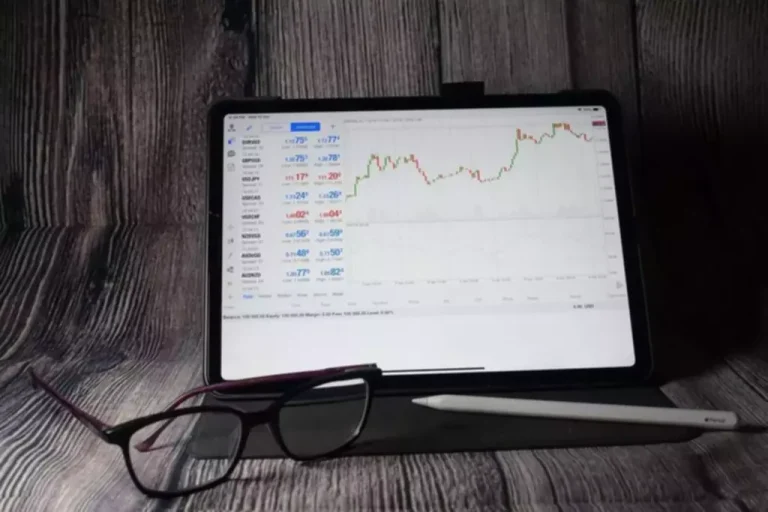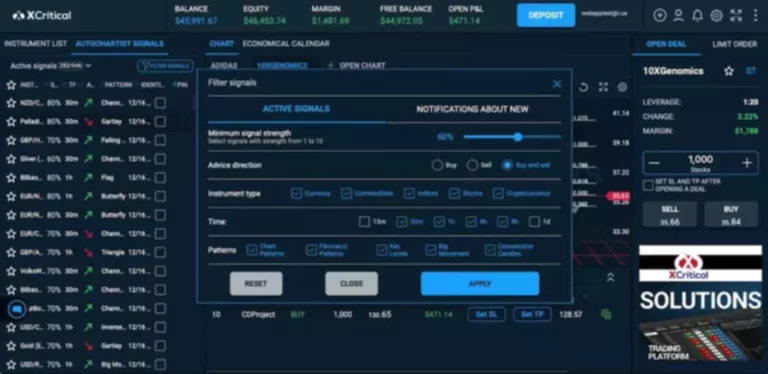For example, early DEXs built on Ethereum Mainnet often faced gasoline fee spikes during peak trading durations, typically driving users to layer-2 options or alternative blockchains with decrease fees and quicker transaction times. In conclusion, whereas each of those strategies has its own merits and challenges, all of them contribute to the general objective of increasing buying and selling volume and liquidity on DEXs. However, it’s crucial to implement these strategies ethically and legally to maintain the belief of customers and the broader crypto group. As the DeFi ecosystem continues to evolve, DEXs that may effectively leverage these methods whereas sustaining excessive standards of security, transparency, and person experience are likely to thrive. Arbitrage bots are prevalent within the cryptocurrency market, and they play a significant function in DEXs. If your DEX operates similarly to established platforms like Uniswap, it’s probably that arbitrage bots will routinely interact in arbitrage activities.
- This examine focuses on how exterior components affect the adoption of DEXs and supplies suggestions for the development of the entire DEX trade.
- The regulatory setting surrounding decentralized finance can have a major impression on liquidity.
- One Other example is the meme coin “SMOG”, which allocated a portion of its token provide for DEX liquidity and locked it by way of a third-party service to make sure belief.
- These bots monitor a number of DEXs for value discrepancies and execute trades to revenue from these variations.
- Through my experience, I try to empower individuals with the data and instruments they want to navigate the exciting realm of digital belongings.
- This pattern is fueled by components like enhanced security, lower trading fees, regulatory pressures on centralized exchanges, and rising institutional interest in decentralized finance (DeFi).
Understanding these incentives is crucial for predicting volume trends and assessing the long-term sustainability of DEX platforms. Thus, Decentralized Exchange Quantity is not merely a quantity; it is an emergent property of a fancy, decentralized system. It represents the aggregate outcome of quite a few individual transactions, every cryptographically secured and economically incentivized, all working throughout the framework of a decentralized trade protocol. Understanding its precept requires appreciating this systemic and architectural perspective. This on-chain verifiability is a big benefit of DEXs and contributes to belief and confidence in reported quantity figures.
Arbitrage exercise between DEXs and CEXs further enhances price convergence and market effectivity across the broader crypto market. DEX protocols are primarily games with various participants (traders, liquidity providers, arbitrageurs, market makers, governance token holders) acting strategically to maximize Stockbroker their own utility. Understanding these game-theoretic interactions is important for designing DEX protocols that can sustainably appeal to and maintain high Decentralized Exchange Quantity while guaranteeing fair and efficient market operation. Some DEXs incorporate governance That Means ∞ Cryptocurrency Governance establishes decentralized decision-making frameworks for protocol evolution and resource allocation in blockchain networks. Mechanisms that allow token holders to affect protocol parameters, including buying and selling fees and incentive packages. In some circumstances, governance participation or token staking may be rewarded based mostly on platform quantity or other performance metrics.
Nonetheless, the core precept of summing the worth of swap transactions remains consistent. DEX volume is computed by including the values of all transactions carried out on the platform throughout a certain interval. This covers cryptocurrency swaps, leveraged trading, and even non-fungible tokens (NFTs).
A higher Decentralized Trade Volume generally indicates higher liquidity, person interest, and total platform adoption. Conversely, lower volume may suggest lowered liquidity, waning person activity, or probably issues with the DEX itself. Despite these challenges, their contribution to the web3 ecosystem is simple Volume on a DEX, offering a reliable and secure various for cryptocurrency trading. Liquidity Mining is a method that DEXs can use to increase buying and selling volume and liquidity on their platforms. This method incentivizes users to provide liquidity by depositing their belongings into liquidity swimming pools, that are important for facilitating trades on DEXs.

Pancakeswap (cake) Reveals Potential Development In Income And Buying And Selling Volume On Binance Smart Chain
It is currently the #1 NFT market on Solana, with a day by day buying and selling volume of simply about $4 million. Airdrop campaigns involve distributing free tokens to the crypto neighborhood, typically to reward early adopters, incentivize new users, or encourage holding of the platform’s tokens. For a DEX proprietor, setting standards for receiving airdrops primarily based on activities similar to DEX swaps, liquidity provision, and social media engagement can be an effective way to increase platform use and liquidity 50. Platforms like DEXTools go beyond fundamental numbers, offering tools such because the Pool Explorer. This feature lets groups monitor important stats like complete worth locked (TVL), 24-hour trading quantity, and transaction counts.
Hashflow Neighborhood Incentives
This course of not solely supplies the mandatory capital for executing buying and selling companies but additionally ensures a liquid base of digital capital, which is essential for the smooth operation of DEX buying and selling techniques 27282930. To improve platform exercise similar to LPs and buying and selling volumes, DeFi apps use gamification or liquidity mining programs to encourage users to use the platform for some rewards. DEX arbitrage contributes to the general health of the market by helping to make certain that prices for a similar asset are constant throughout totally different platforms. It additionally provides to the buying and selling volume and liquidity of the DEXs concerned, as arbitrageurs provide buy and promote orders that other market participants can commerce towards 3. Gamification, or the appliance of game-design components in non-game contexts, is one other strategy utilized by DEXs to increase platform activity and buying and selling volumes. DeFi apps use gamification or liquidity mining packages to encourage users to use the platform for some rewards.
In-depth Exploration Of Decentralized Trade Quantity

Liquidity pools are smart contracts that hold token pairs, permitting users to commerce directly with out counting on traditional order books. Automated Market Makers (AMMs) use mathematical formulation to find out token costs primarily based on the ratio of property in a pool. Decentralized exchanges maintain liquidity by utilizing liquidity swimming pools created by users, which provide constant access to a wide range of tokens for buying and selling. Community governance is a cornerstone of decentralized exchanges, allowing customers to participate actively in decision-making processes.
The use of arbitrage bots and algorithms is often employed to execute worth arbitrage more efficiently and at scale, contributing to elevated buying and selling quantity and liquidity on decentralized exchanges 3. Arbitrage bots are essential for exploiting price variations across various crypto exchanges, thereby increasing buying and selling volume. These bots examine cryptocurrency values and invest by exploiting discrepancies, finally contributing to increased buying and selling activity and volume 1. By diversifying their buying and selling across multiple exchanges, these bots can optimize liquidity administration and scale back risk publicity, thus increasing buying and selling quantity 2. Essentially, Decentralized Change That Means ∞ A decentralized trade (DEX) represents a cryptocurrency change working without a central middleman, facilitating peer-to-peer trading immediately between users’ wallets.
Decentralized swap DEXs are attracting extra traders due to their simplicity and ease of use. This shift is more than just a trend; it signifies a fundamental change in how merchants view and work together with digital belongings. While on-chain evaluation can detect some bot activity, subtle bots can be https://www.xcritical.com/ designed to mimic legitimate trading habits, making detection challenging.
For Web3 projects, monitoring and leveraging DEX volume knowledge is important for planning token provide, utility, and incentives. Ignoring it could mean missing out on valuable insights into market trends and user behavior. Nonetheless, nuances exist in how totally different DEX varieties and analytics platforms approach this calculation. Decentralized Exchange Volume represents the whole value of cryptocurrencies traded on DEXs, reflecting platform activity, liquidity, and broader DeFi ecosystem health. A deep liquidity network connecting merchants, exchanges, institutions, and DeFi platforms.
For instance, regulatory crackdowns on certain property or buying and selling practices can lead to a reduction in liquidity as merchants and LPs turn out to be extra cautious. On the flip side, clear and supportive rules can encourage more participation in DEXs, boosting liquidity as confidence out there grows. Therefore, keeping an eye fixed on the evolving regulatory panorama is essential for understanding and anticipating changes in DEX liquidity. Arbitrage opportunities play an important function in sustaining liquidity and price stability throughout completely different platforms. Arbitrageurs, who profit by exploiting value variations between exchanges, assist to balance costs by shopping for low on one platform and promoting high on one other.
One of the most important advantages of high liquidity in decentralized exchanges is the discount of slippage. Slippage happens when there is a difference between the anticipated worth of a trade and the precise worth at which the commerce is executed. In markets with low liquidity, even a comparatively small commerce can shift the worth, resulting within the trader receiving a less favorable fee than anticipated. Liquidity in DEXs is often supplied by liquidity swimming pools, which are collections of funds contributed by users (liquidity providers).
The governance token of Curve, CRV, can be locked to obtain veCRV, which grants voting power in governance selections, together with determining the allocation of CRV token emissions to varied liquidity pools 424344. These projects reveal the effectiveness of liquidity mining as a device for distributing tokens, attracting liquidity providers, and ultimately rising buying and selling volume on DEXs. Artificially inflating trading volume can temporarily improve the perceived liquidity and activity of a DEX, probably attracting more users. However, this will lead to a misrepresentation of the platform’s true market exercise and liquidity.
Excessive liquidity ensures that there is enough quantity for traders to enter and exit positions with minimal slippage, whereas low liquidity can result in larger costs and fewer environment friendly trading. We will explore its significance, how it works, the components that affect it, and what you can do to assess and enhance liquidity on decentralized exchanges. This change in market dynamics has important ramifications for the future of cryptocurrency buying and selling. The rising DEX volume not solely indicates a rising need for decentralized monetary providers but also emphasizes the importance of liquidity and person experience on these platforms.
Leave a Reply